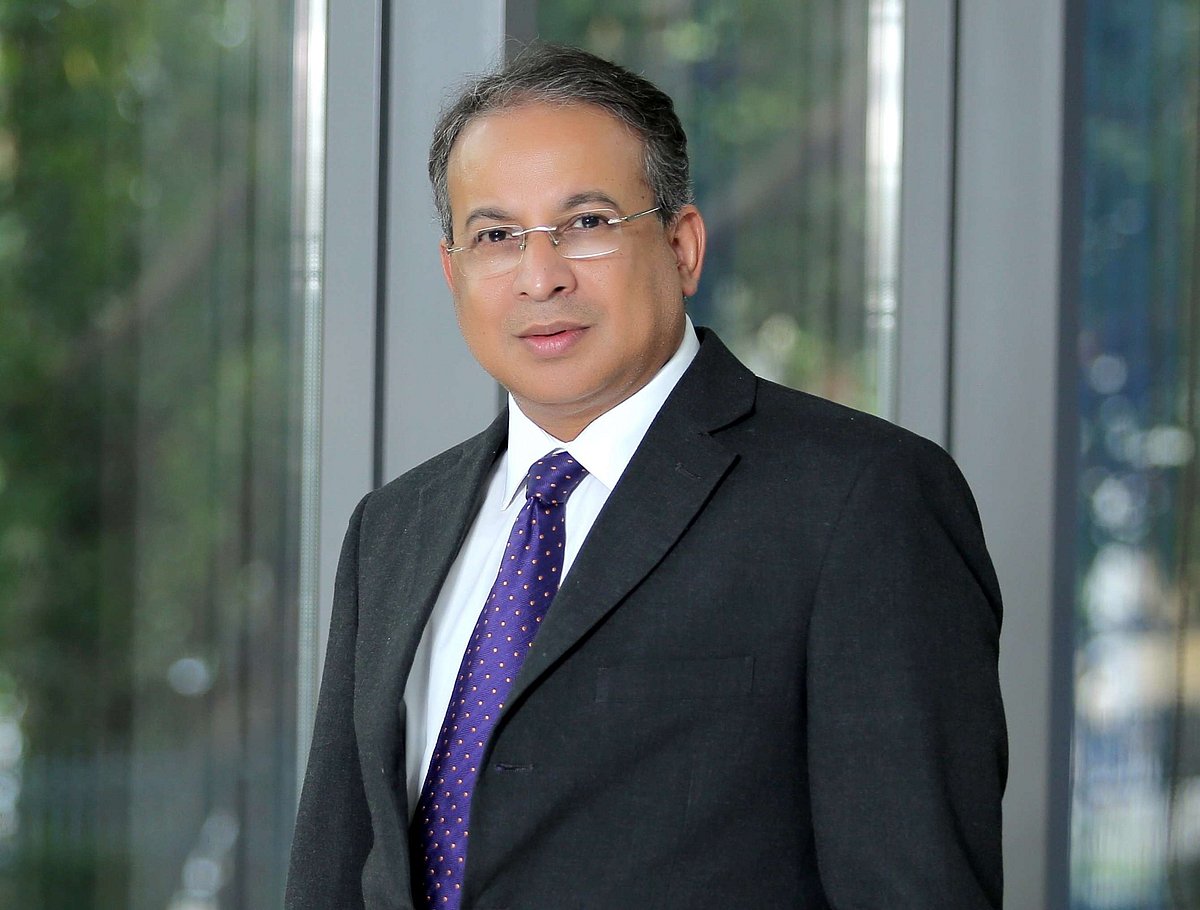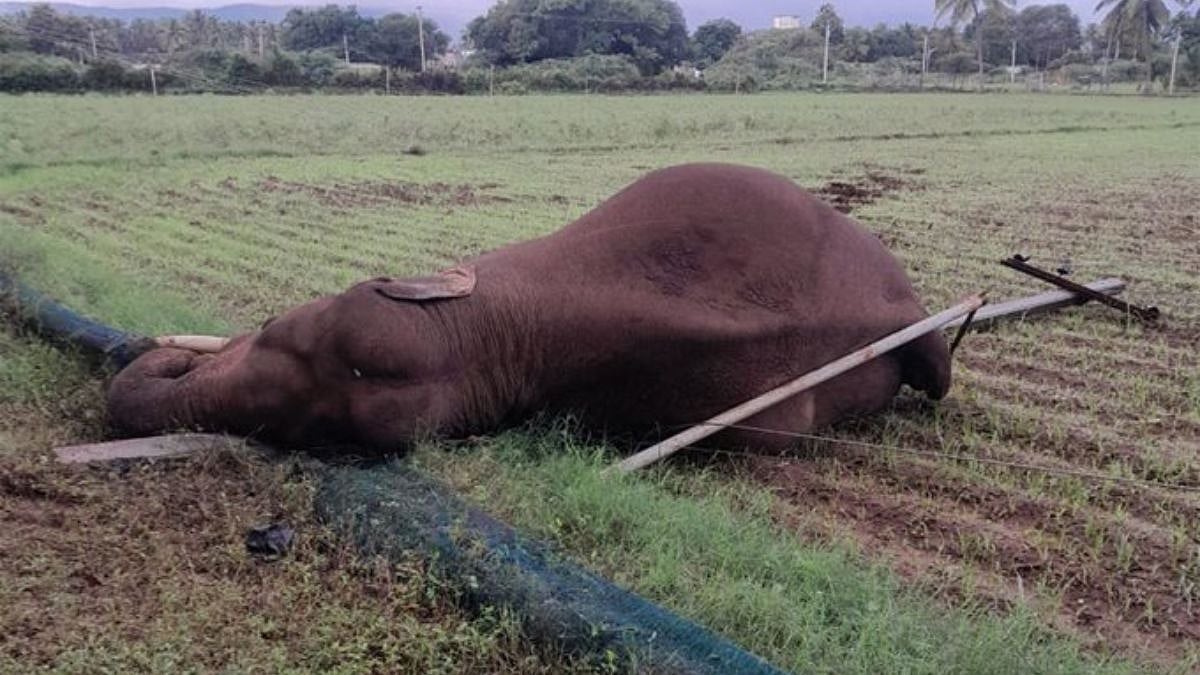Every sector is going through disruption caused by digitalisation, power is no exception. But there are two more factors that are driving disruption in the power sector, stated Praveer Sinha, MD and CEO, Tata Power during a webinar organised by FPJ-NMIMS.
The webinar was part of a series of talks on ‘The Future of Energy’. It was followed by an interaction with Professor Sharad Mhaiskar, Pro Vice Chancellor, NMIMS and RN Bhaskar, consulting editor, FPJ. Sinha elaborated on the three Ds that were driving the disruption in the energy sector.
Given below are edited excerpts:
The future of energy
For the first time after 100 years, the power sector has witnessed a huge disruption and transformation. More than 100 years back, Thomas Alva Edison invented electricity. Post that, large generation and transmission lines were set up. These lines brought energy to distribution companies and that in turn supplied energy to the consumers. But today the power sector is undergoing the biggest disruption the world has ever seen.
Wave of disruption
There are three Ds – Decentralisation, Decarbonisation and Digitalisation – They are driving the disruption in the power sector.
Decentralisation: The sector is moving from a large generation station to distributed energy generation. Due to decentralisation, the power companies will not have to set up large power plants in remote locations to meet power demand. But facilities can be set up on a rooftop of a house or next to a house. There is a paradigm shift from centralised operations to distributed generation. It means the sector is empowering not just itself, but consumers too. In this system, consumers can generate power themselves and the additional power can be sold to the discoms.
In this case, consumers do not depend on the government for their needs. In a decentralised mechanism, each community can have its own network and distributed generation. Through this system, you can supply power within the locality and within the area. The number of new solutions that are coming up in micro-grid offerings is usually used in rural areas. In India, we have more than 6 lakh villages. They are in far-flung areas. The losses that are incurred to take power and maintain those lines in such far-flung areas is uneconomical for the distribution companies. Micro-grid is an opportunity for villages to generate electricity and use it. This is empowering consumers in urban and rural areas. This is the first big change that is happening. It is changing the way business is done.
Power sector in India has been monopolistic in nature – companies provide power when they feel like, do not give power when they do not feel like, and they give less power to the consumer. Now, the sector is at a stage when a consumer or a cluster can decide the units to consume, generate and the cost of that. This means existing utility companies will have to change because there will be multiple suppliers of electricity.
This will bring in competition for the first time. Competition is the best as it brings down cost and improves the quality of service along with providing electricity. This is a huge enabling opportunity that is provided to the consumer.
Because of this the concept of expensive peaking plants also becomes redundant. That further reduces the cost of power for the consumer.
Decarbonisation: For a long period of time, we haven’t taken care of nature. We have used coal-based plants to meet our energy needs, even while they have toxic emissions – whether it is air or gas or solid emissions. There is now an opportunity that one can generate power through renewable sources like wind, solar, biomass etc. This also allows migration from the large generating units to small units. Thereby, you can reduce carbon emission and become a zero-carbon company in years to come.
Globally, there are a number of countries that are emphasising on the need that there should be a sunset for coal-based plants. European countries like Austria, Switzerland and others have already moved in that direction by moving away from coal-based plants. This is largely possible for them as they are small countries.
In the case of countries like Germany, France and Italy, they are talking about having sunset in the near or long-term future. In India, we have the opportunity to take leadership in this way and say in future we will be able to meet our needs through renewable sources. There are challenges in this space. The load will determine the generation of power, however, our requirement of power is not 24 hours. So, there is an opportunity there. During the peak time, we can use solar energy as we are blessed with abundant sunlight and the rest of the day, one can depend on other renewable energy.
Digitalisation: Today with the flow of energy, flows data. Unlike earlier times, today the data is available on a real-time basis. Now, digital technology is helping management of the network to make power more reliable, to ensure that your requirement, generation, and load matches. There can be a situation when all of a sudden there is a cloud cover and the generation of solar reduces, in that case, you can get information on a real-time basis today. Based on the information, you can send the signal to the consumers that they can reduce their consumption.
There is data analytics and data management to understand the impact of climate change on the power sector as well. The flow of data will help manage the load in an effective manner.
Another technology that is enabling consumers is that they are getting access to home automation solutions. This is one of the services that is provided by us. We enable the consumer to control their electric appliances in their home through their mobile phones.
The number of new technologies that are coming up is enabling the consumer to take a call and help the utilities to optimise the capacity of generation based on the requirement of consumers. These are provided as bundled services by utilities globally. In the case of Tata Power, it offers these services in Mumbai and Delhi. I am sure other utilities will also join in for providing such services to their consumers.
Balancing act
There will be a paradigm shift in the way electricity can be utilised. So, the emphasis is moving from the supply side of electricity to the duration of the use of generation plant.
Statistics show that many of the plants are being used for very little time in the year (500-600 hours). This is not the case with baseload plants but other plants which are used for peaking purposes. From the 8,760 hours in the year, 500-600 hours utilisation is just 5-6 per cent utilisation of these plants. To meet the peaking of power requirement which is 5-6 per cent, the unique solutions like storage, demand response and others should be utilised. To manage peaking of power, engagement with consumers will be useful.
In our case, we went to Metro rail and tried to find out what is the peak in terms of footfalls. Based on the feedback, we suggested options whereby they could reduce electricity consumption. We did the same exercise with a few of the shopping malls as well.
Through this process, we were able to reduce 5 per cent of peaking power that was there. If we expand this initiative further, we will be able to reach 6-7 per cent of peaking power requirements. That is the unique solution that is there. Today, we have the technology to support this.
Contribution of Renewables
In terms of megawatts, we are producing 35 per cent energy from renewables in Tata Power. Meanwhile, the country’s overall power generation in terms of megawatts is 25-27 per cent. In terms of real energy, it is not even 10 per cent as the effective generation is much less. However, in the country, we are seeing targets of 175-450 gigawatts in renewable capacity by 2030.
By 2030 as per the Paris Accord, India will have 40 per cent of energy coming from non-carbon sources. The country will achieve a lot more than that.
By 2030, Tata Power plans to have 75 per cent of the energy coming from renewable sources. By 2050, Tata Power will be 100 per cent non-carbons.
Divest overseas to invest in India
In the last two years, we have taken a call that we will consolidate in our country. So, we are divesting from all the investments made outside the country. We want to bring back the money so that we can grow here.
We are very clear. In the case of power, it is not completely a commercial business but a public utility. There is public service involved in this. When you supply power there is no discrimination between rich and poor. We have a universal service obligation to fulfil. We realise this and we are cognisant of our responsibility.
Thus, we are very clear that we will be adding capacities and fresh investments in our country and most of it will go into renewable business.











